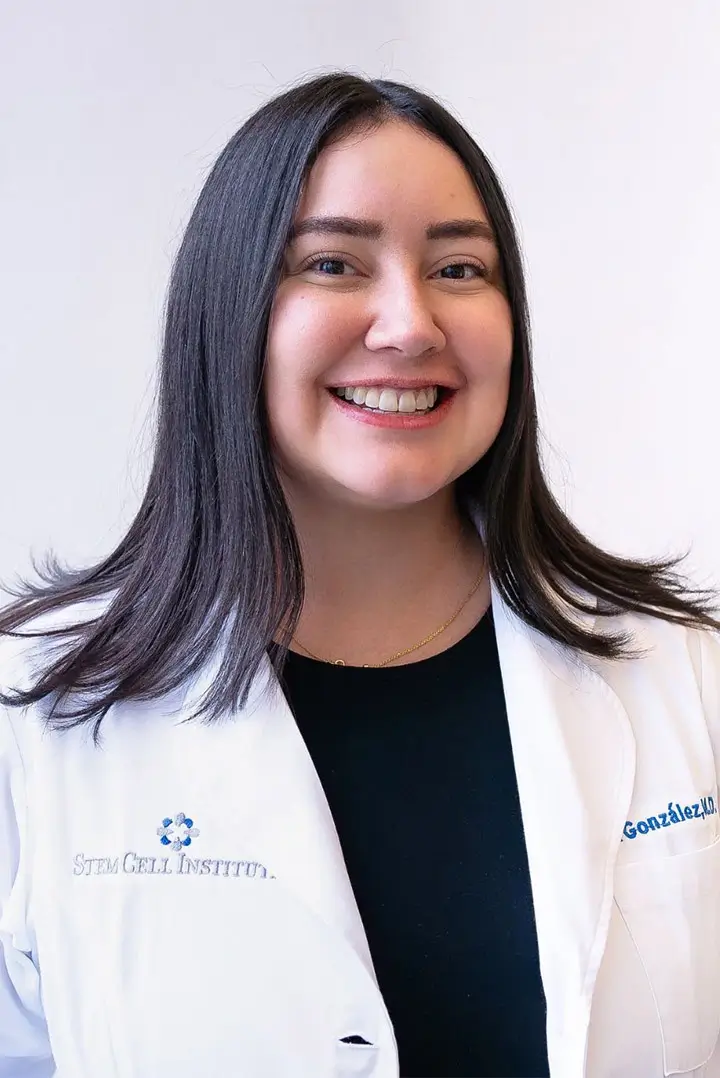Scientists at Johns Hopkins University are learning how to treat various diseases and injuries with the endogenous adult stem cells that naturally exist within each person’s own body. Under the direction of Dr. Jennifer Elisseef, associate professor in the deparment of biomedical engineering at Johns Hopkins, a number of therapies have already been developed and are currently being tested in clinical trials.
Dr. Elisseef’s lab focuses primarily on the stimulation of endogenous adult stem cells, rather than on the administration of adult stem cells derived from outside sources. As she explains, "It’s going to be cheaper and easier to deliver to patients. We wanted something off-the-shelf, that the surgeon can grab when he needs it."
The first condition for which Dr. Elisseef and her colleagues developed a new type of therapy was damaged knee cartilage – an increasingly common malady among the general public. The scientists found that there is no need to administer adult stem cells from an outside source when there are plenty of adult stem cells residing within each person’s own body, and which exist solely for the purpose of regenerating damaged tissue – although it was only recently that researchers have discovered how to stimulate and utilize these endogenous adult stem cells. Now, with the specific therapy that Dr. Elisseef and her colleagues have developed, patient improvement is rapid and dramatic. According to Dr. Elisseef, "And their function is better. They might not be star athletes, but they can go out and do something like play doubles tennis."
The scientists focused specifically on the holes that develop in knees when a piece of knee cartilage is damaged or missing altogether. Referring to them as "potholes", Dr. Elisseef explained that, "It will gradually get bigger and bigger, and you get a generalized arthritic process happening in the joint. You really want to treat them when they’re a reasonable size." The current, conventional medical treatment, known as "micro-fracture", involves surgically "tapping into" the surrounding bone, from which blood and marrow that are rich in mesenchymal stem cells are allowed to "ooze out", thereby repairing the holes, at least theoretically. In actuality, however, as Dr. Elisseef describes, "The problem is, it ends up making more scar tissue instead of the real cartilage, and it doesn’t fully fill the defects." In a new approach, her lab began developing a hydrogel which they derived from bovine cartilage and which serves as a matrix on which the human body’s endogenous stem cells can grow. After being solidified with ultraviolet light, the hydrogel is attached to the injured cartilage with a type of "glue" that was also developed in Dr. Elisseef’s lab, into which the porous material is allowed to absorb the stem cells from the blood and bone marrow that are released from the micro-fractures. Within a few months, the endogenous stem cells have formed new cartilage. In the first clinical trial – which was conducted in Europe in order to take advantage of lower costs and fewer regulatory hurdles – 15 adults were treated with this therapy, in whom 89% of cartilage defects were found to have healed after a year, which is a significant improvement over the 50% response rate that is found with the conventional treatment.
Dr. Elisseef’s lab is also testing a number of other therapies based upon endogenous adult stem cells, which include a new type of contact lens that can guide the patient’s endogenous stem cells to rebuild damaged corneal tissue, for which she has received a five-year, $4 million U.S. Department of Defense grant that was just awarded this week. As she explains, "Someone’s stable now. They’re in the hospital and have a corneal injury. How can we repair that? How can we rebuild that cornea? We’re hoping that, working with the Deparment of Defense, these people who really have a strong need for this will help move the technology forward." Preliminary studies on rabbits have shown encouraging results.
Her laboratory is also currently involved in the development of a new biomaterial that can be shaped and contoured with beams of light, which she is developing in collaboration with the California-based company Kythera, and which is expected to be useful in reconstructing lost tissue such as from combat injuries or breast lumpectomies. According to Dr. Elisseef, "We make it from fat tissue. We take the fat and process it with chemicals. We take out the cells. We don’t want any foreign DNA in there. And we take out the lipids." What remains is just the connective tissue scaffolding of collagen and proteins, on which the endogenous stem cells can grow and regenerate new tissue.
As Dr. Elisseef further adds, "People are working on the basic science of things and trying to understand how tissue develops but also at the same time developing practical technologies that can be used in the clinic today."
According to Dr. Barley Griffeth, chief of cardiac surgery at the University of Maryland Medical Center, whose own research focuses on the regeneration of cardiac muscle, "A cell in free space doesn’t know what to do. It looks for a comforter to get under."
Dr. Elisseef and her colleagues seem to have discovered just the right type of "comforter" under which endogenous adult stem cells can happily thrive and proliferate.

